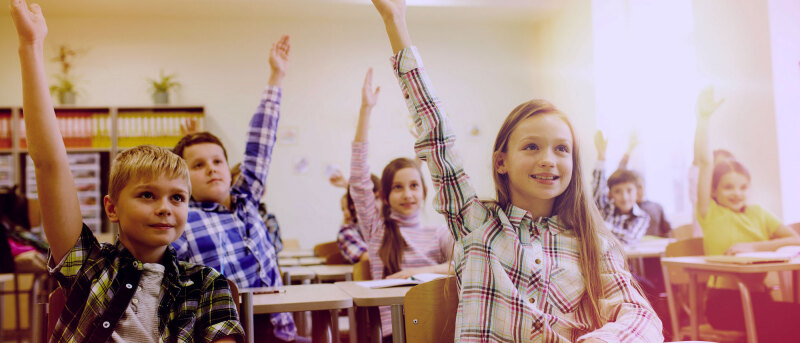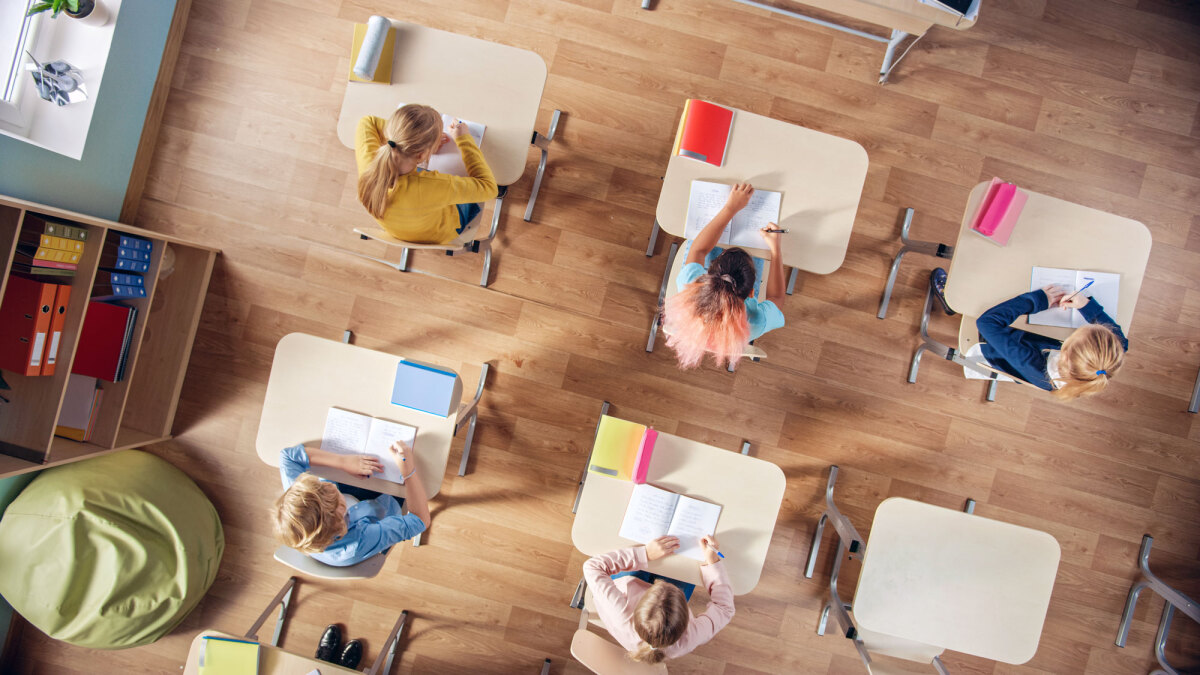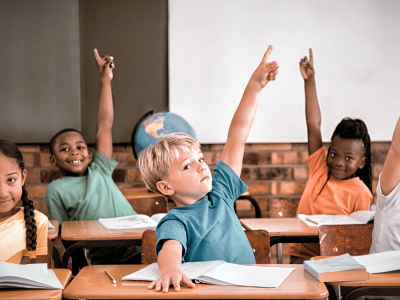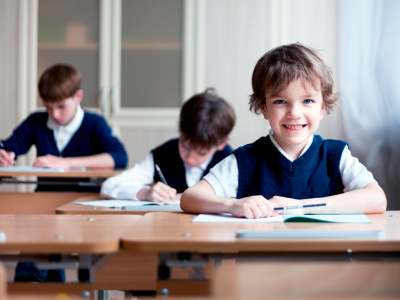Primary and lower secondary school

Primary and lower secondary school

Facts about primary and lower secondary school in Norway:
- All children in Norway have the right to 13 years of education. Ten-year primary and lower secondary education is
- compulsory and free of charge.
- Children start school in August of the year in which they turn six.
- Children go to primary school from grade 1 to 7 and lower secondary school from grade 8 to 10.
- In primary school, children are given an oral or written assessment, but no grades.
- In lower secondary school, the pupils are given grades. The grade scale is 1–6, where 6 is the best grade.
- Pupils are also given grades in orderliness and conduct at lower secondary school. The three grades are: good, fair and poor.
- All primary and lower secondary school pupils automatically move up to the next year after the summer holidays. No child takes the same school year twice.
- Pupils do not wear a school uniform.
- Corporal punishment is prohibited in Norway, both in schools and at home.
- Some teaching takes place outside the school itself. This includes walks, school camp, swimming lessons and visits to museums.
- Most children in Norway go to public schools, less than 5 per cent go to private schools. The parents pay a user charge for this.
- The subjects taught in primary and lower secondary education are mathematics, Norwegian, English, foreign languages, science, social studies, physical education, knowledge of Christianity, religion, philosophies of life and ethics (KRLE), art and crafts, music, food and health and elective subjects.

Primary and lower secondary schools are organised in the same way all over Norway, and all pupils are taught the same curriculum. The national curricula are adopted by the politicians in the Storting. This means that pupils will get more or less the same education regardless of which municipality they live in.
As for kindergartens, the objects clause of Norwegian schools states that they are to build on fundamental values in Christian and humanist heritage and tradition, such as respect for human dignity and nature. They also build on intellectual freedom, charity, forgiveness, equality and solidarity.
Pupils at schools in Norway work a lot in groups, and are often involved in projects. Children thus learn to work together with others and to be considerate of others.
All children in Norwegian primary and lower secondary education have the same right to education. Pupils who need extra help will receive it. Pupils must not be treated differently because of where they live, their family background or gender. There are few special schools in Norway. Most children get the help they need at the school near where they live.
Talk together

- In what ways is the school system in Norway similar to/different from the school system you are familiar with?
- What do you think of the values set out in the schools’ objects clause?
- Discuss grades at school.
- Discuss the use of uniforms at school.


Select the right answer
When do children start school?
Select the right answer
What percentage of children go to a private school in Norway?
Select the right answer
Pupils are given grades in orderliness and conduct at lower secondary school. What grades can they get?
Select right or wrong
Read the statements. What is right? What is wrong?
Select right or wrong
Read the statements. What is right? What is wrong?
